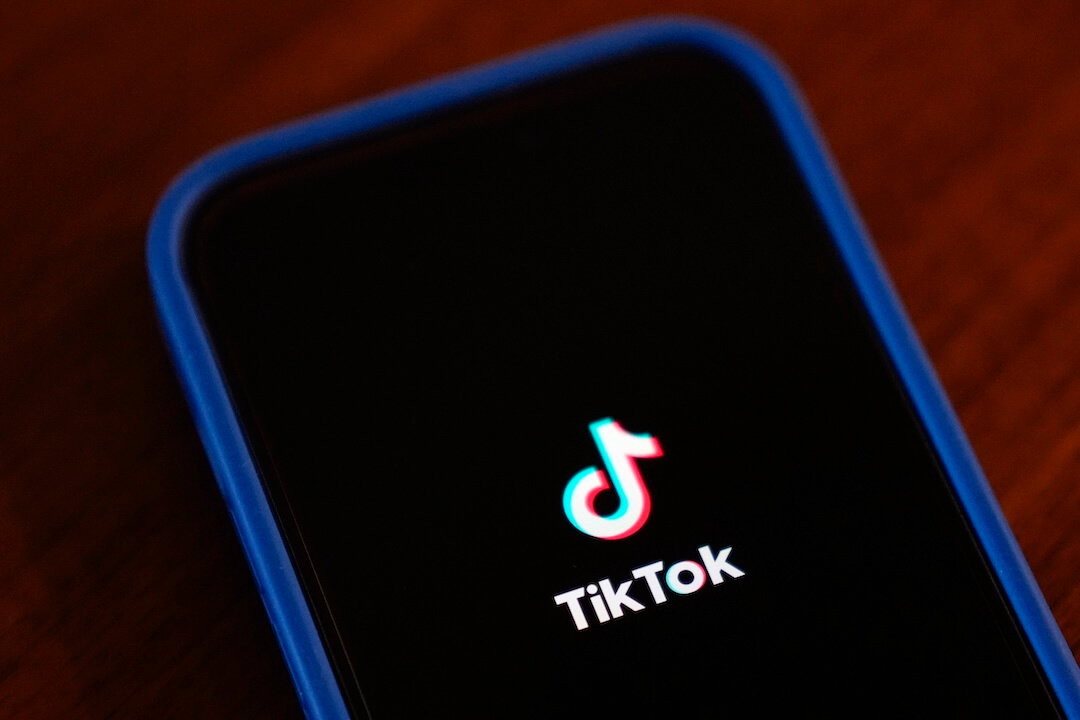The Financial Times notably embraces HTML5 web apps — and print! — over mobile apps. Quartz, perhaps the most widely praised new media site of the last year or so, is similarly app-less. Vox and FiveThirtyEight launched this year without native apps, and the Gawker network gets by without them just fine, too, thank you very much. The tech-savvy folks at The Verge just killed theirs.
A native app can be expensive to develop and maintain, and unless your push notification strategy manages to provide real utility rather than sporadic annoyances, the only way a reader ever enters it is by deliberately searching for the icon — perhaps buried on the third page of a home screen or inside the dreaded Newsstand on iPhones — with no idea what content awaits.
In other words, iPhone apps have never included a “shop window,” as Edward Roussel, head of products for Dow Jones, put it – a place for people to see beyond the logo.
Visiting an iPhone app has been like visiting a homepage — and we all know what’s happening to homepages thanks to social “side doors.”
But now comes the release of iOS 8, which gives third-party app developers access to the “Today” view of the iPhone’s Notification Center. It’s where you can get a quick glance at your calendar, the weather and stock quotes — and now, links to BuzzFeed and Wall Street Journal content that deliver you straight to their apps.
These “widgets,” just a swipe away, present news organizations with a new way of enticing readers into “walled garden” apps; they “take the friction out of apps,” Roussel said. Even BuzzFeed, despite its sleek mobile app Jailbreak iPhone 6, has historically received a great majority of its mobile traffic from the web, according to Digiday. BuzzFeed, which is so good at enticing readers to its website via social media, now has a new way to begin enticing readers to its app.

Apple CEO Tim Cook speaks about iOS 8 at the Apple Worldwide Developers Conference in San Francisco, in June 2. (AP Photo/Jeff Chiu)
Those who use Android devices will point out that this widget functionality has existed for years on their phones. Ryan Johnson, BuzzFeed’s head of mobile, said the BuzzFeed widget is important to its Android strategy: “Anecdotally, it’s used a surprising amount,” he said, but he couldn’t give specifics on that (BuzzFeed’s iOS audience is twice the size of its Android audience, and Android use is growing more quickly). Roussel said the Journal hasn’t experimented heavily with Android widgets, but that makes sense because 85 percent of the Journal’s app use comes via iOS devices. (Roussel does point out that major updates to the Journal’s Android apps are on the way later this year.)

The BuzzFeed widget for iOS 8 includes a large image to entice readers into the app, while The Wall Street Journal’s widget is a more conservative list of headlines.
Apple has the market share, influential users, and cachet — particularly in the U.S. — to popularize features that others have offered first. If iOS opening up “Today” in the Notification Center to third-party developers fundamentally alters the way people use iPhones — as Roussel suspects is possible — those news organizations holding out on offering mobile apps might find reason to reconsider.






